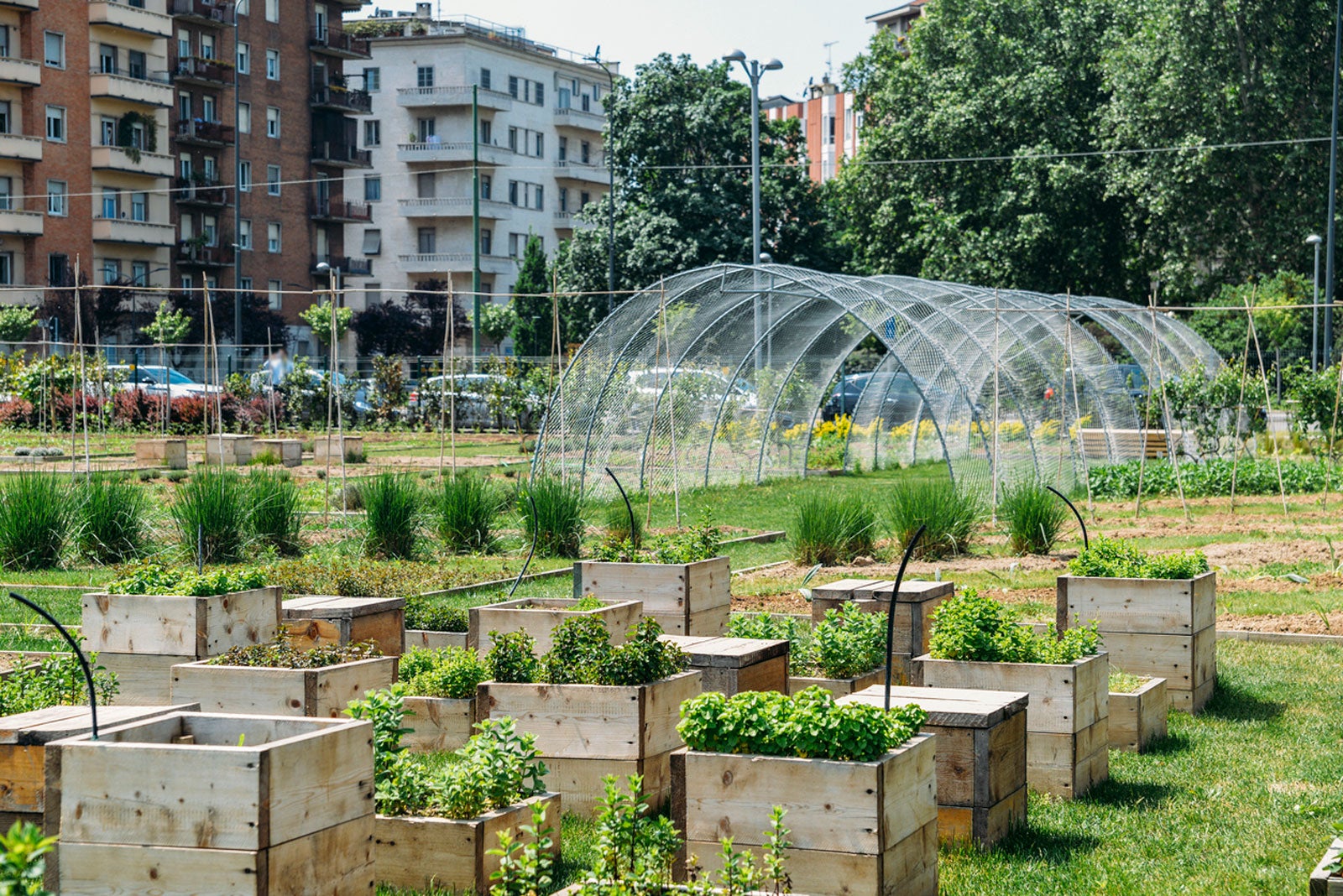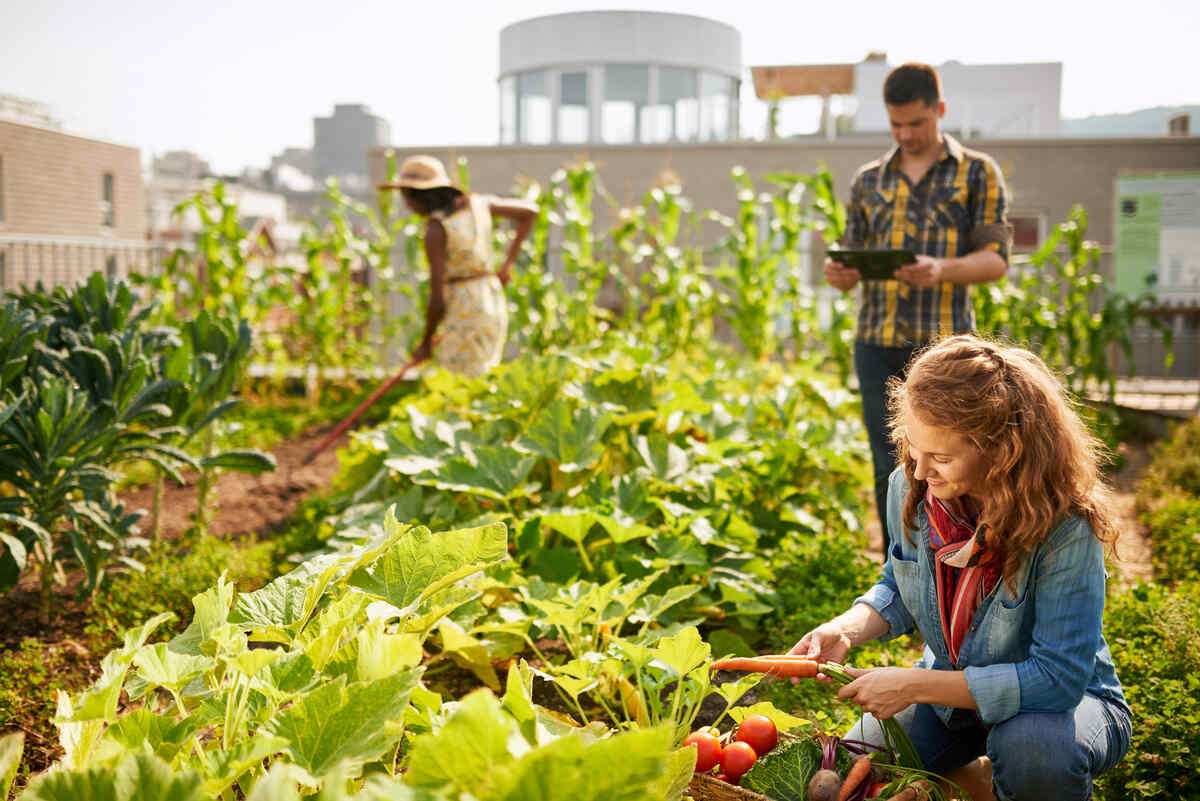Some Known Details About City Blooming
Some Known Details About City Blooming
Blog Article
A Biased View of City Blooming
Table of ContentsSome Ideas on City Blooming You Need To KnowThe Main Principles Of City Blooming Rumored Buzz on City BloomingThe 45-Second Trick For City BloomingCity Blooming for Beginners
Intrigued in expanding food for sale in the City of Chicago? Below is a list of regularly asked inquiries relating to the regulations and laws that cultivators must consider when preparing a city farming project.
The zoning amendment does not customize any type of other codes dealing with composting, structure authorizations, purchasing or leasing City owned home, organization licenses or ecological contamination. There are existing codes that regulate these concerns and they continue to be completely result and may be suitable to your job. Community yards are usually had or handled by public entities, public organizations or community-based organizations and kept by volunteers.
Urban ranches grow food that is meant to be sold, either on a not-for-profit or for-profit basis. Due to their commercial objective, urban ranches require an organization certificate.
The Basic Principles Of City Blooming
Composting is permitted yet only for plant product that is produced and used on website. The amount of garden compost material can not exceed 25 cubic yards at any type of provided time according to the standards in 7-28-715 of the City's Municipal Code. Yes. Due to the fact that the soil at the majority of brand-new garden websites needs amending, garden compost, dirt, timber chips, or other materials can be gotten to build or improve the growing space - eco-friendly practices.

If a structure permit is needed after that the hoophouse will certainly be thought about an accessory structure. You can discover more regarding the structure authorization needs by contacting the Division of Structures. The 25,000-square-foot dimension limitation is meant to stop a single community yard from dominating an offered block or detracting from the block's existing domestic or commercial personality.
The restriction does not use to yards found in Public Open Space (POS) areas. Can there be even more than one neighborhood garden that is 25,000 square feet on a solitary block? Yes. The size restriction applies to specific yards, not to individual blocks. No. Fencing is not needed, however, gardens that have huge parking lot might be needed to set up fence or various other landscape design features.
Unknown Facts About City Blooming
B1 & B2 districts require that all commercial usage tasks be performed indoors. Is secure fencing needed for metropolitan ranches? Fencings may be called for, along with landscape design and testing, for specific car park locations and outside work or storage space locations depending on place and the certain activity taking location.
Urban farms require official source structure licenses and zoning authorizations prior to building (sustainability). Other forms of city testimonial might be needed depending on specific structures, tasks, size, landscape design, licensing, public health and stormwater administration concerns.
Yes. The kind of permit is figured out by what is happening at the site. The Division of Business Affairs and Customer Defense can assist determine the certain sort of service certificate that's required. Yes. Off road car parking is needed for the majority of commercial jobs in Chicago. The called for number of vehicle parking spaces is based on the variety of staff members servicing site and not the square video footage of the expanding room.
How City Blooming can Save You Time, Stress, and Money.

A metropolitan ranch can sell compost material created on website, nonetheless, the procedure has to comply with the policies in 7-28-715 of the Chicago Municipal Code. Aquaponic systems are allowed indoors on metropolitan farms in lots of zoning districts.
As much as five hives or nests of honey may be maintained as an accessory usage. Beekeepers should register with the Illinois Department of Agriculture. For even more details about the suggested zoning amendment you might get in touch with the Division of Real Estate and Economic Growth, Bureau of Planning and Zoning at 312.744.8563.
Farming in cities and city areas A city farm in Chicago. Urban agriculture refers to numerous methods of cultivating. https://www.intensedebate.com/people/cityblooming1, handling, and distributing food in urban locations. The term likewise relates to the location activities of pet husbandry, tank farming, beekeeping, and cultivation in a metropolitan context. Urban farming is identified from peri-urban agriculture, which occurs in country areas beside suburbs.
The Ultimate Guide To City Blooming
, who look for to develop social networks established on a common values of nature and community holism. These networks can develop by means of formal institutional support, ending up being incorporated into local town planning as a "shift community" activity for lasting city growth.
In either instance, the more direct accessibility to fresh veggie, fruit, and meat products that may be realised via urban agriculture can improve food protection and food security while reducing food miles, leading to reduced greenhouse gas discharges, therefore adding to environment adjustment mitigation. Several of the very first evidence of urban farming originates from Mesopotamia.
Report this page